Five years after Chinese smartphone maker Oppo debuted in its home market, the company ventured overseas in 2009 and introduced its products to Thailand.
Oppo hasn't looked back since. Not only did it capture a large market share in Thailand, it also succeeded in branching out across Southeast Asia, with showrooms all over the region and a factory in Indonesia.
In 2024, Oppo overtook South Korea's Samsung to become the top smartphone brand in Southeast Asia with an 18 percent market share, or 16.9 million shipments, according to a report by global technology analyst Canalys, which attributed Oppo's success to its product calibration and high-end investment.
Shi Shuai, chief executive officer of Oppo Asia-Pacific, said the company has been working to promote local authorization, cultivate local talent, and integrate into local cultures. He cited Oppo's factory in the city of Tangerang, west of the Indonesian capital Jakarta — the company's first manufacturing plant outside China — as an example, with the factory creating job opportunities for Indonesians, and contributing to long-term economic development.
Oppo's success in Southeast Asia shows how Chinese investment in the region has evolved over the past decade — with a strong focus on digital industries and advanced technology that is responsive to domestic market needs, conscious of corporate social responsibility, and contributes to the local economy.
"Chinese firms seem to place greater emphasis on being good corporate citizens in their adopted locales. It is a common refrain among Chinese multinationals that they must benefit local communities and support local employment," Erica Tay, director of macro research at Kuala Lumpur-based Maybank, told China Daily.
Tay said while the first wave of Chinese direct investments in the Association of Southeast Asian Nations in the early 2000s was mostly in State-owned enterprises involved in heavy industries, the second wave was aimed at private sector digital industries, and advanced manufacturing.
Chinese manufacturers that have expanded their capacity in ASEAN have been able to tap into abundant supplies of labor, land and energy, Tay said. These companies are also able to access a new market in ASEAN — the world's fifth-biggest economy with a combined population of over 670 million.
"In search of new markets where competition is less stiff than back home, Chinese firms have expanded their footprint by addressing the needs of ASEAN consumers," Tay said, adding that Chinese tech and e-commerce giants, tried and tested in the domestic market, are equipped to compete in emerging ones in Asia.
These companies have also benefited from the ASEAN-China Free Trade Area, which gives goods produced by Chinese companies in their ASEAN bases preferential access in fast-growing consumer markets.
Manufacturing has long been a significant driver of FDI growth in ASEAN. In 2023, it comprised more than $50 billion of FDI inflows, or 22 percent of the total, according to the October joint report by the ASEAN Secretariat and the United Nations Conference on Trade and Development.
China was the third-biggest source of FDI in 2023, hitting $17 billion, a year-on-year increase of nearly 20 percent.
The report noted that FDI from China is on "an upward trend" — rising from less than $4 billion in 2010. The number of Chinese enterprises operating in ASEAN increased from 2,600 in 2012 to 6,500 in 2022.
The Chinese private sector has "gradually internationalized" toward ASEAN, it said.
Textile and garment manufacturers invested in Cambodia, Myanmar and Vietnam; electronics companies ventured to Malaysia and Vietnam, while technology companies went to Malaysia, Singapore and Thailand.
In contrast, Chinese companies that invested in ASEAN more than 20 years ago were State-owned enterprises mostly involved in mining and oil exploration, construction, hydropower, and in the development of special economic zones and industrial parks.
Before 2018, the year when China-U.S. trade tensions started, nearly half of Chinese FDI was mostly in real estate and finance.
But after then U.S. president Donald Trump decided in June 2018 to impose a 25 percent tariff on $50 billion of Chinese exports, China's investment pattern in ASEAN started changing. From 2020 to 2023, investment in manufacturing increased at an annual average rate of 33 percent, compared with less than 10 percent in the years 2010 to 2018, the report said.
The supply chain disruption caused by the pandemic has also pushed many Chinese manufacturing companies to diversify abroad, with ASEAN a primary beneficiary of increased Chinese FDI in manufacturing.

































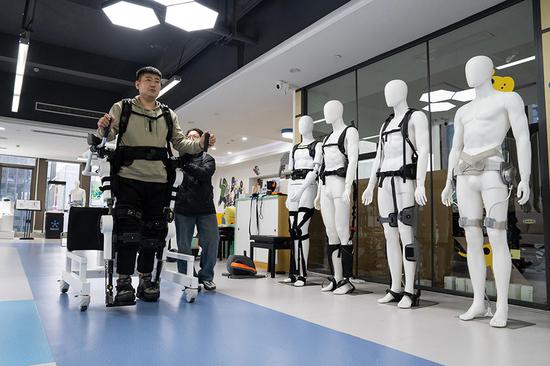

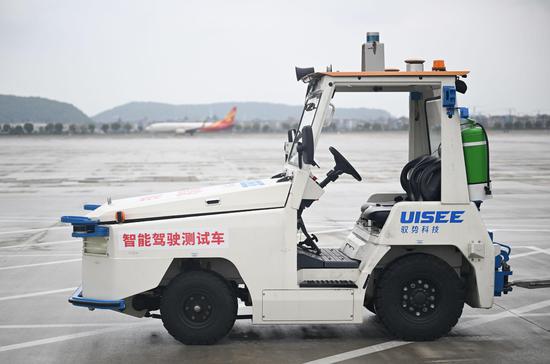




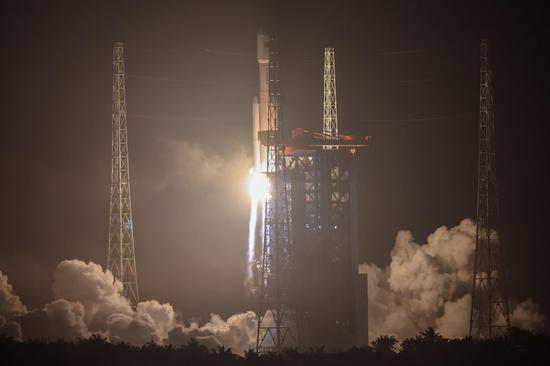


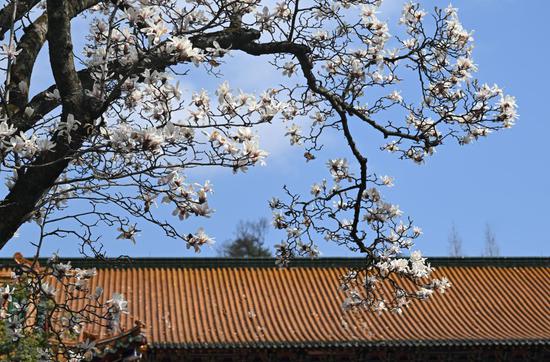




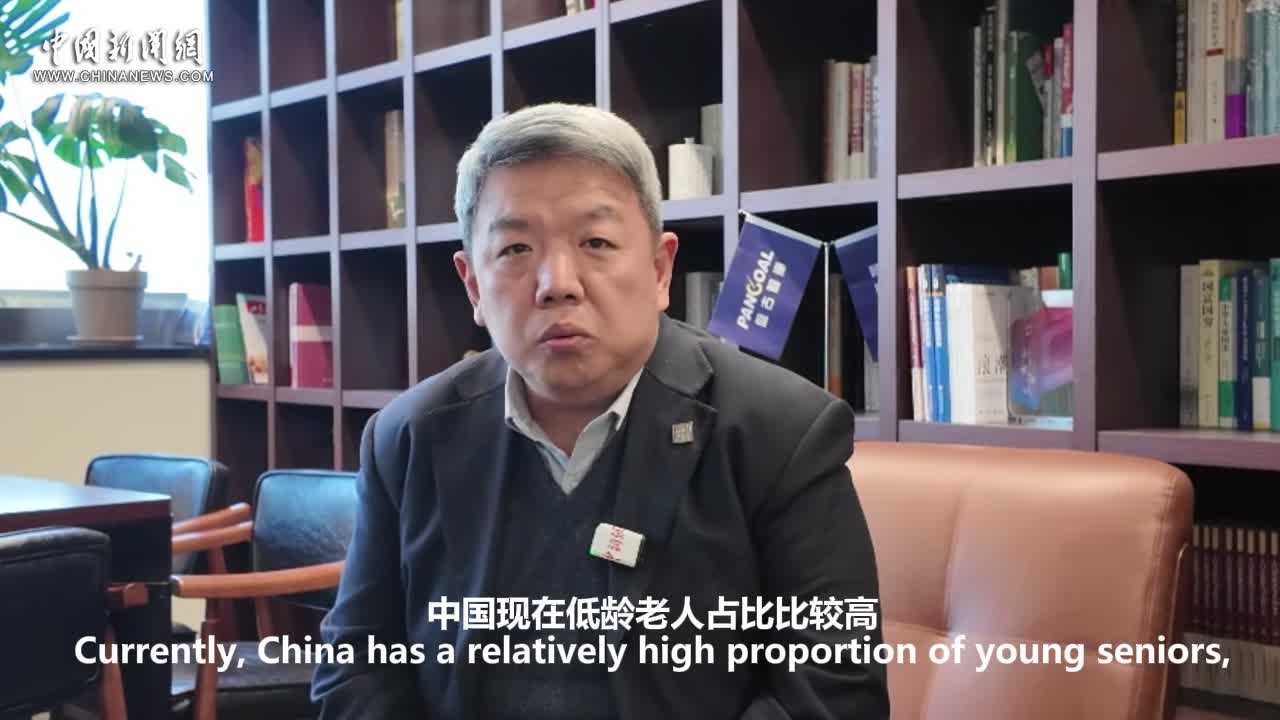

 京公網安備 11010202009201號
京公網安備 11010202009201號